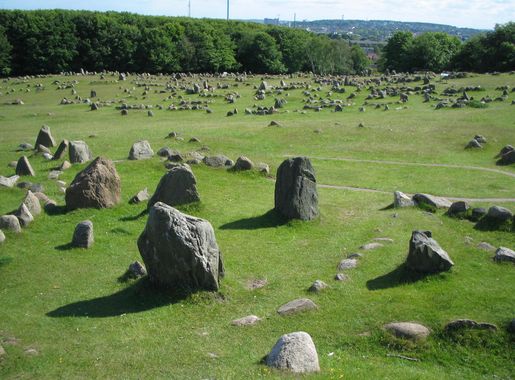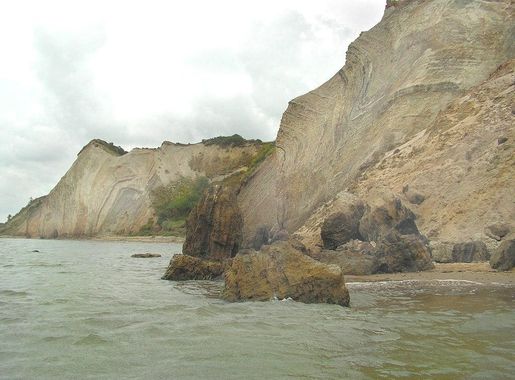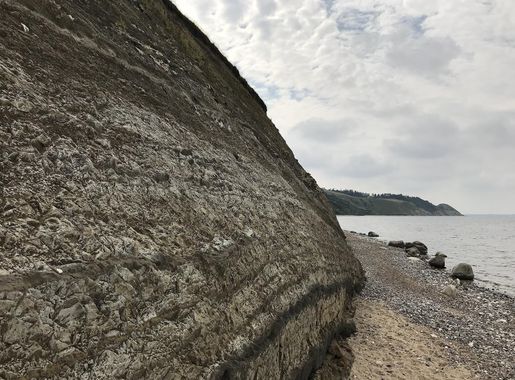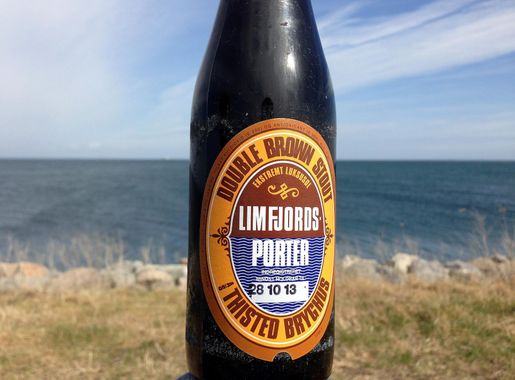
Limfjord: Denmark's Serene Waterway
Discover Limfjord in Denmark: A serene waterway offering a blend of nature, culture, and history with charming villages, Viking sites, and vibrant arts scenes.
Limfjord, a beautiful stretch of water in northern Denmark, offers a perfect blend of nature, culture, and history. This picturesque fjord, which cuts through Jutland, is known for its calm waters and stunning landscapes. Visitors can explore charming villages, rolling hills, and idyllic islands along its shores, making it a delightful destination for both relaxation and adventure. The Limfjord area is rich in history and culture. Ancient Viking sites and medieval churches dot the region, providing a fascinating glimpse into Denmark's past. The region is also known for its vibrant arts scene, with numerous galleries and festivals celebrating local talent. Don't miss the chance to visit the city of Aalborg, where modernity meets tradition in a seamless blend. Nature enthusiasts will find plenty to do around Limfjord. The area is a haven for birdwatchers, sailors, and hikers. The fjord's waters are perfect for kayaking and sailing, while the surrounding countryside offers excellent trails for walking and cycling. Limfjord's unique marine life, including seals and porpoises, adds to the allure of this tranquil waterway.
Local tips in Limfjord
- Visit during the summer months for the best weather and most vibrant local events.
- Rent a bike to explore the scenic countryside and coastal areas at your own pace.
- Take a boat trip to enjoy the fjord's calm waters and spot local wildlife like seals and porpoises.
- Don't miss the city of Aalborg for a mix of modern attractions and historical sites.
- Try the local seafood, especially the freshly caught mussels, which are a regional specialty.
Limfjord: Denmark's Serene Waterway
Limfjord, a beautiful stretch of water in northern Denmark, offers a perfect blend of nature, culture, and history. This picturesque fjord, which cuts through Jutland, is known for its calm waters and stunning landscapes. Visitors can explore charming villages, rolling hills, and idyllic islands along its shores, making it a delightful destination for both relaxation and adventure. The Limfjord area is rich in history and culture. Ancient Viking sites and medieval churches dot the region, providing a fascinating glimpse into Denmark's past. The region is also known for its vibrant arts scene, with numerous galleries and festivals celebrating local talent. Don't miss the chance to visit the city of Aalborg, where modernity meets tradition in a seamless blend. Nature enthusiasts will find plenty to do around Limfjord. The area is a haven for birdwatchers, sailors, and hikers. The fjord's waters are perfect for kayaking and sailing, while the surrounding countryside offers excellent trails for walking and cycling. Limfjord's unique marine life, including seals and porpoises, adds to the allure of this tranquil waterway.
When is the best time to go to Limfjord?
Iconic landmarks you can’t miss
Rubjerg Knude
Experience Denmark’s wild North Sea coast at Rubjerg Knude—a mesmerizing fusion of vital dunes, cliff-top views, and the legendary relocated lighthouse.
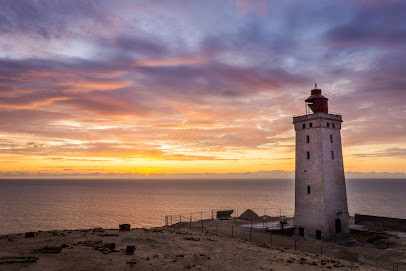
Møns Klint
Experience the unforgettable beauty of Møns Klint’s soaring white cliffs, ancient forests, and fossil-laden beaches, a must-see wonder of Denmark’s natural heritage.
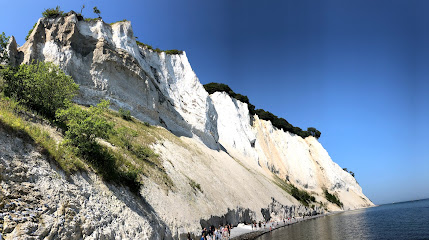
Memphis Mansion
An unforgettable Graceland-inspired museum, diner, and cultural hub honoring Elvis Presley, tucked on the scenic outskirts of Randers near Limfjord.
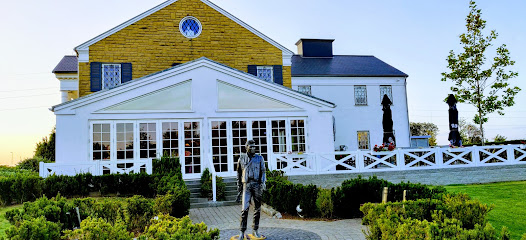
AQUA Aquarium & Wildlife Park
Explore Denmark's freshwater ecosystems at AQUA Aquarium & Wildlife Park in Silkeborg.
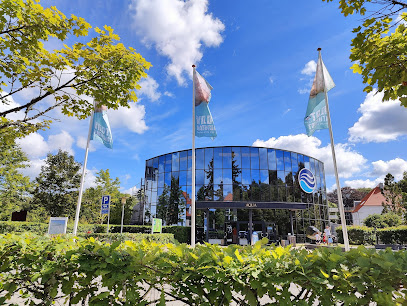
JyllandsAkvariet
Engage with North Sea marine life through interactive exhibits and nature safaris at JyllandsAkvariet in Thyborøn.
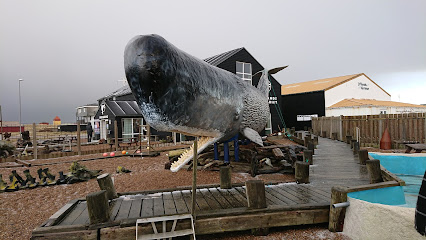
Råbjerg Mile
Witness Denmark’s largest shifting sand dune, Råbjerg Mile—a living natural wonder offering dramatic landscapes, panoramic vistas, and raw Nordic wilderness near Skagen.
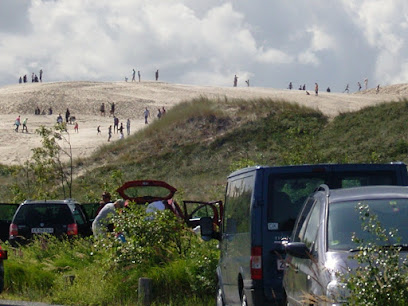
Rebild National Park
Discover the breathtaking beauty and rich Danish-American heritage of Rebild National Park: Hike scenic trails, explore lush forests, and experience the annual July 4th festival.
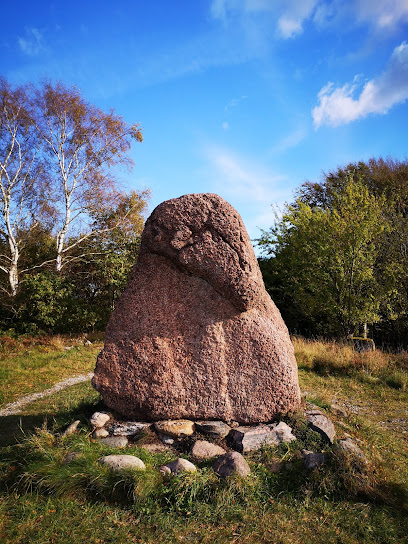
Sneglehuset
Discover Sneglehuset in Thyborøn: A mesmerizing house adorned with millions of shells, crafted by a fisherman as a testament to love and a unique artistic vision on Denmark's West Coast.

Lille Vildmosecentret
Uncover the wild heart of Denmark at Lille Vildmosecentret, where immersive exhibits, rare wildlife, and scenic boglands await beside Limfjord.
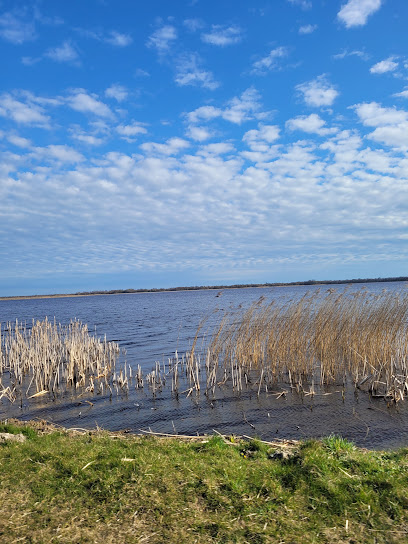
Spøttrup Borg Velkomstcenter
Experience authentic Danish medieval history at Spøttrup Borg, North Jutland’s best-preserved castle, surrounded by moats, gardens, and sweeping views of Limfjord.
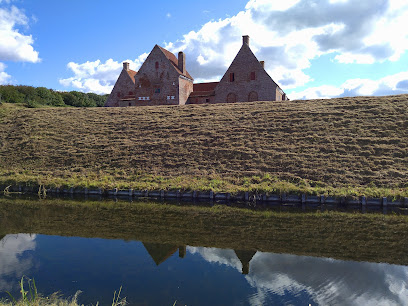
Mønsted Kalkgruber
Explore the vast echoing tunnels, unique bat habitats, and fascinating industrial heritage of Mønsted Kalkgruber—the world's largest accessible limestone mine.
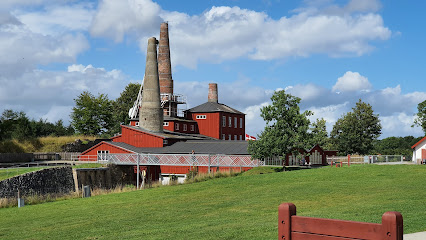
Museum Jorn, Silkeborg
Explore Asger Jorn's legacy and modern art masterpieces at Museum Jorn in Silkeborg.
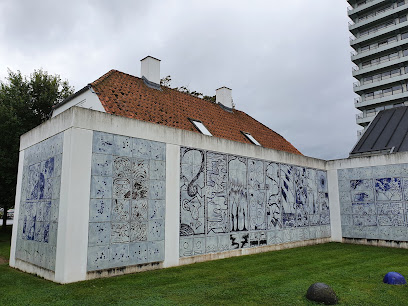
Museum Silkeborg, Hovedgården
Explore Denmark's past at Museum Silkeborg Hovedgården, home to the famed Tollund Man and rich historical exhibits.
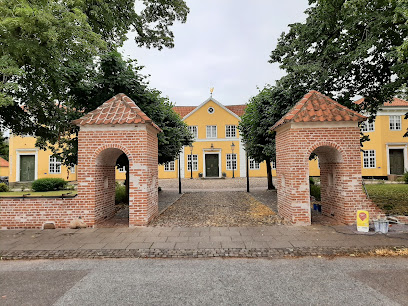
Aggersborg
Experience the awe-inspiring scale of Aggersborg, Denmark’s best-preserved Viking ring fortress, set amid sweeping Limfjord landscapes and centuries of history.
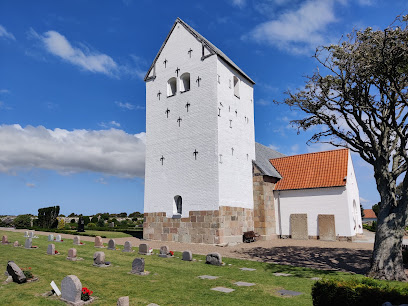
Abbey Mill
Discover Klostermølle: Explore historic buildings, hike to scenic viewpoints, and paddle along the Gudenå River in the heart of Denmark's beautiful Lake District.
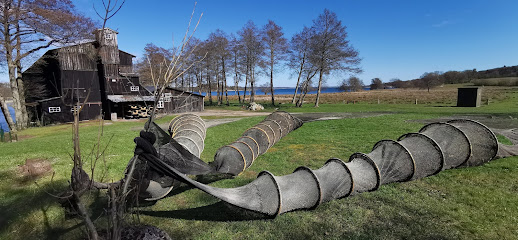
Unmissable attractions to see
Sneglehuset
A whimsical museum on Denmark’s west coast, Sneglehuset delights with intricate seashell mosaics, maritime folklore, and artful displays set in the heart of Thyborøn.
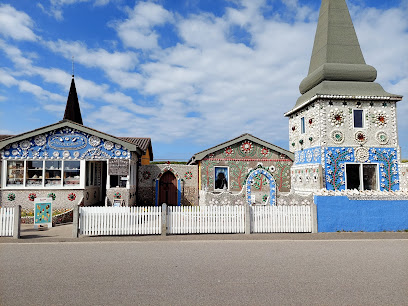
Vikingemuseet Lindholm Høje
Atmospheric Viking burial grounds and a world-class archaeological museum overlooking the Limfjord, revealing the rituals and daily life of Iron Age Denmark.
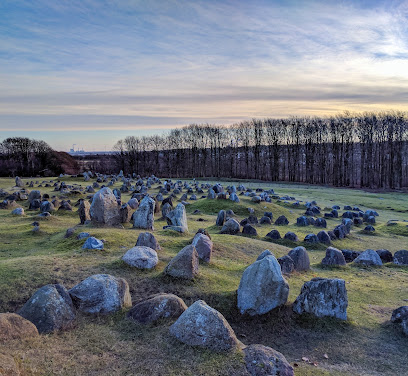
Aggersborg
Striking volcanic ash cliffs, tranquil saltwater, birdlife, and fossil-rich geology make Ejerslev Lagoon on Mors a breathtaking and peaceful Limfjord highlight.
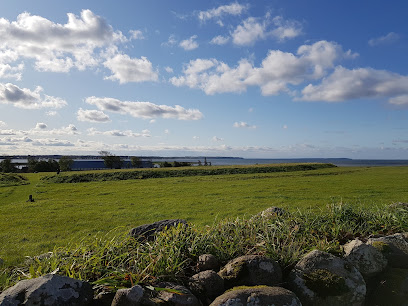
Fossil- og Molermuseet
Discover Østerspigen, the iconic statue celebrating Nykøbing Mors's rich oyster fishing heritage in Østre Anlæg park.

Limfjordsmuseet Løgstør
Explore the historic Augustenborg Palace, its Rococo church, serene gardens, and art park on Als Island.

Højriis Castle
Discover Østerspigen, the emblematic statue honoring Nykøbing Mors's oyster harvesting heritage.
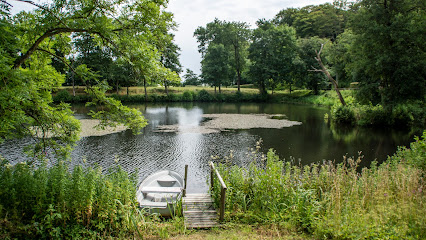
Hama Safaripark
Discover Østerspigen, the iconic statue celebrating Nykøbing Mors' rich oyster fishing heritage in the heart of Limfjord.

Bispehuen
A breathtaking volcanic lagoon surrounded by dramatic cliffs, accessible trails, and abundant wildlife, Ejerslev Lagoon is Mors Island’s natural and geological treasure.
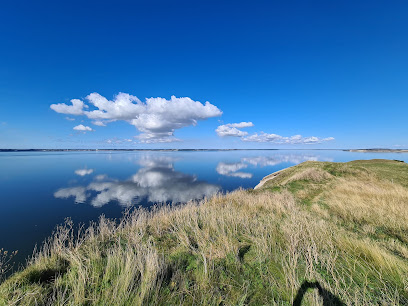
Dueholm Priory
Discover Østerspigen, the iconic statue celebrating Nykøbing Mors' rich oyster heritage in Denmark's Shellfish Capital.
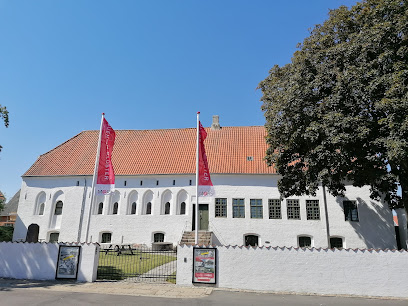
Ejerslev Lagune
Discover the dramatic cliffs, tranquil waters, and fascinating fossil-rich landscape of Ejerslev Lagune—Mors' most scenic coastal haven on Limfjord’s northern edge.
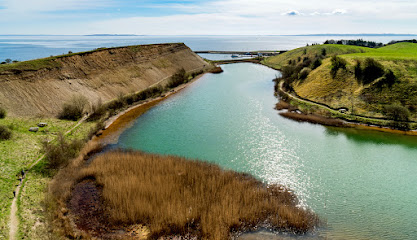
Gammel Havn
Discover the raw beauty of Ejerslev Lagoon—Limfjord's haven of cliffs, birdlife, and tranquil waters on scenic Mors Island.
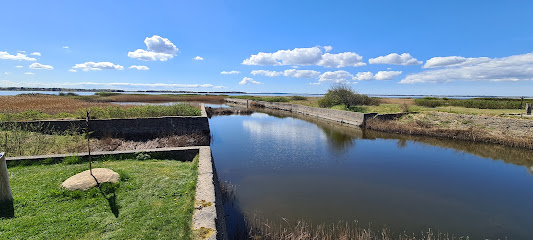
Østerstrand
Explore Kong Fegge's Grave in Nykøbing Mors, a serene Viking-era burial site rich in history and surrounded by natural beauty.
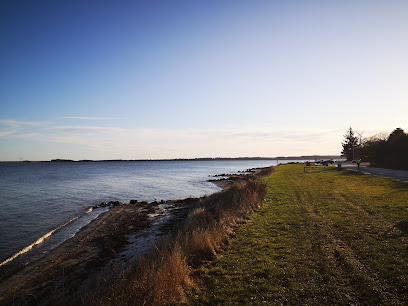
Frederik den 7' Kanal, vestende.
Experience Viking grandeur at Lindholm Høje—Denmark’s largest Viking Age cemetery, featuring ship-shaped stone graves, panoramic Limfjord views, and immersive exhibitions.
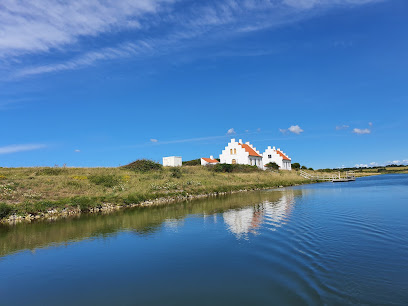
Legind Bjerge
Ancient burial mound on Mors Island, Kong Fegge’s Grave blends mythology, history, and panoramic Limfjord views in a serene, atmospheric setting.
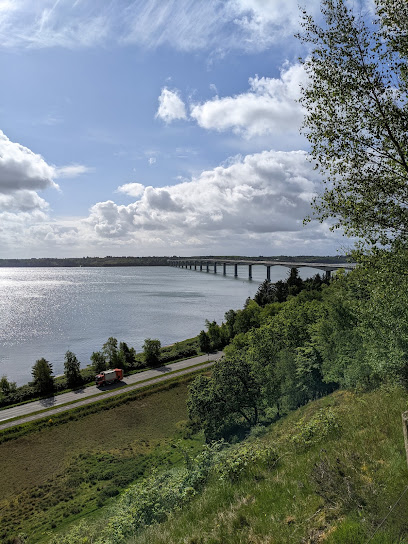
Støberimuseet
Step into the past at Kong Fegges Grave, where ancient legend and sweeping Limfjord views merge at one of Denmark's most storied Bronze Age burial mounds.
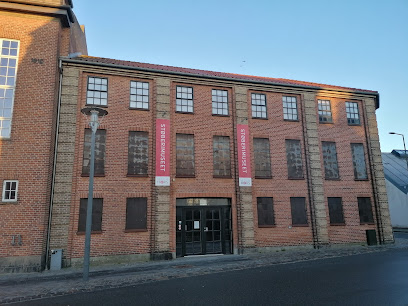
Markets, malls and hidden boutiques
JyllandsAkvariet
Discover the marine wonders of the North Sea and Limfjord at JyllandsAkvariet in Thyborøn.
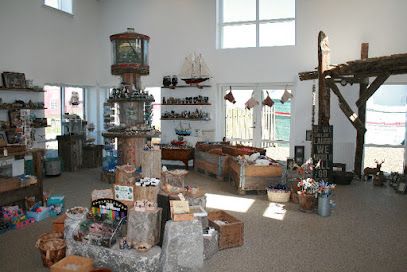
Aggersborg
Journey to Denmark's largest Viking fortress where ancient earthworks, panoramic Limfjord views, and centuries-old legends bring the Viking Age vividly to life.
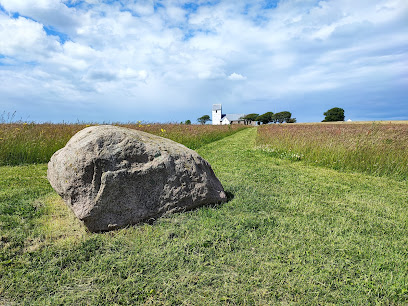
Bispehuen
Explore Bispehuen on Fur, a unique blend of dramatic fossil cliffs, rich geological history, and tranquil Limfjord scenery, perfect for explorers and families.
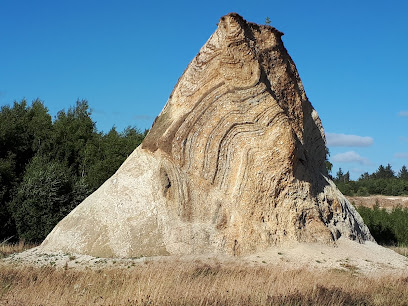
Jegindø
Quiet Limfjord island famed for idyllic beaches, birdlife, and maritime heritage—ideal for cycling, hiking, and a true taste of Denmark’s rural coast.
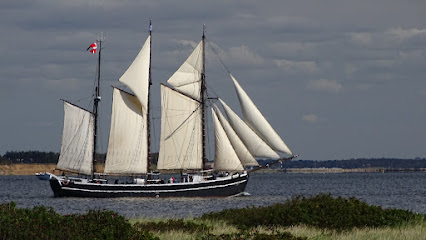
Glass4U
Discover the art of glassmaking at Glass4U in Nykøbing Mors, where creativity meets craftsmanship.
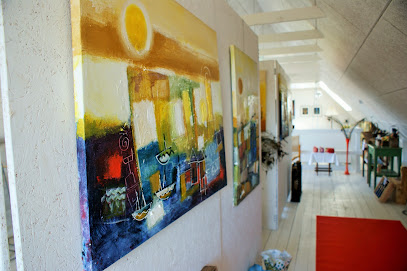
Local Phrases about Limfjord
-
- HelloHej
[hey] - GoodbyeFarvel
[far-vel] - YesJa
[ya] - NoNej
[nay] - Please/You're welcomeVær så god
[var so go] - Thank youTak
[tak] - Excuse me/SorryUndskyld
[oon-skool] - How are you?Hvordan har du det?
[vor-dan har doo deh] - Fine. And you?Fint. Og dig?
[feent oh day] - Do you speak English?Taler du engelsk?
[tah-ler doo engelsk] - I don't understandJeg forstår ikke
[yay for-stor ee-kuh]
- HelloHej
-
- I'd like to see the menu, pleaseJeg vil gerne se menuen, tak
[yay vil geh-nuh seh mih-nyuh-en tak] - I don't eat meatJeg spiser ikke kød
[yay spee-ser ee-kuh kuhd] - Cheers!Skål!
[skow-uhl] - I would like to pay, pleaseJeg vil gerne betale, tak
[yay vil geh-nuh beh-tah-luh tak]
- I'd like to see the menu, pleaseJeg vil gerne se menuen, tak
-
- Help!Hjælp!
[hyelp] - Go away!Gå væk!
[goh væk] - Call the Police!Ring til politiet!
[ring teel po-li-tee-et] - Call a doctor!Ring til en læge!
[ring teel en leye] - I'm lostJeg er fortabt
[yay air for-tabt] - I'm illJeg er syg
[yay air sook]
- Help!Hjælp!
-
- I'd like to buy...Jeg vil gerne købe...
[yay vil geh-nuh kuh-buh] - I'm just lookingJeg kigger bare
[yay kee-guh beh] - How much is it?Hvor meget koster det?
[vor meh-yet koh-stuh deh] - That's too expensiveDet er for dyrt
[deh air for deert] - Can you lower the price?Kan du sænke prisen?
[kahn doo sen-kuh pree-sen]
- I'd like to buy...Jeg vil gerne købe...
-
- What time is it?Hvad er klokken?
[vah air kloh-ken] - It's one o'clockKlokken er et
[kloh-ken air et] - Half past (10)Halv ti
[hahlv tee] - MorningMorgen
[mor-gen] - AfternoonEftermiddag
[ef-ter-mih-dahg] - EveningAften
[af-ten] - YesterdayI går
[ee goh] - TodayI dag
[ee dah] - TomorrowI morgen
[ee mor-gen] - 1En
[en] - 2To
[toh] - 3Tre
[treh] - 4Fire
[fee-reh] - 5Fem
[fem] - 6Seks
[seks] - 7Syv
[soov] - 8Otto
[oh-toh] - 9Ni
[nee] - 10Ti
[tee]
- What time is it?Hvad er klokken?
-
- Where's a/the...?Hvor er en/et...?
[vor air en/et] - What's the address?Hvad er adressen?
[vah air ah-dres-sen] - Can you show me (on the map)?Kan du vise mig (på kortet)?
[kahn doo vee-seh mee (poh kohr-tet)] - When's the next (bus)?Hvornår går næste (bus)?
[vor-nor gor nes-teh (bus)] - A ticket (to ....)En billet (til ....)
[en bee-let (teel)]
- Where's a/the...?Hvor er en/et...?
History of Limfjord
-
Limfjord, a shallow part of the sea in northern Denmark, was formed around 7,000 years ago during the last Ice Age. Originally a river valley, the fjord was gradually inundated by rising sea levels, creating the diverse and intricate network of water channels, islands, and peninsulas we see today.
-
During the Viking Age, Limfjord played a significant role as a vital waterway for trade and exploration. The fjord provided a protected route for Viking longships, allowing them to navigate safely between the North Sea and the Baltic Sea. Numerous archaeological findings, including ships, weapons, and settlements, attest to the area's rich Viking heritage.
-
In the early 12th century, Limfjord was the backdrop for a significant naval battle between King Niels of Denmark and the forces of Magnus the Strong. The battle was part of a larger civil war over the Danish throne. The engagement led to a decisive victory for Magnus, which played a crucial role in shaping the political landscape of medieval Denmark.
-
During the Middle Ages, Limfjord became a bustling center for commerce, particularly due to the prolific herring trade. The fjord's waters were teeming with herring, attracting fishermen and traders from across Europe. Towns like Aalborg flourished as key trading hubs, with markets and fairs contributing significantly to the local economy.
-
In 1825, a catastrophic storm changed the geography of Limfjord dramatically. The storm breached the narrow Agger Tange, connecting the fjord directly to the North Sea. This new connection transformed Limfjord into a saltwater body, affecting local fisheries and communities. Subsequent storms in 1862 reinforced this link, permanently altering the fjord's ecosystem.
-
The 19th century brought industrialization to the Limfjord region. The construction of railways and bridges, such as the Limfjord Railway Bridge in Aalborg in 1869, improved connectivity and spurred economic growth. Industries like shipbuilding and manufacturing flourished, further integrating the region into the broader Danish economy.
-
During World War II, Limfjord was strategically important for both German occupying forces and the Danish resistance. The fjord's bridges and transportation routes were crucial for military logistics. Resistance groups carried out sabotage operations to disrupt German supply lines, highlighting the area's role in the broader conflict.
-
Today, Limfjord is renowned for its natural beauty and vibrant culture. The region attracts tourists with its scenic landscapes, historic towns, and cultural festivals. Local cuisine, including fresh seafood and traditional Danish dishes, adds to the area's charm. Modern attractions, such as the Aalborg Carnival and various maritime museums, celebrate the rich heritage and ongoing vitality of Limfjord.
Limfjord Essentials
-
Limfjord is located in the northern part of Denmark and can be accessed by several means of transportation. The nearest international airport is Aalborg Airport, which is approximately 20 kilometers from the Limfjord area. From Aalborg, you can take a taxi, bus, or rent a car to reach Limfjord. Alternatively, you can also reach Limfjord by train from major Danish cities such as Copenhagen or Aarhus, with Aalborg being a common transfer point.
-
Once in Limfjord, there are various transportation options available. Buses operate regularly between towns and villages in the area. Renting a car is a convenient option for exploring the region at your own pace. Biking is also popular, thanks to well-maintained cycling routes. Ferries are available for crossing the fjord and exploring the islands.
-
The official currency in Denmark is the Danish Krone (DKK). Credit cards are widely accepted in hotels, restaurants, and shops. It is still advisable to carry some cash for smaller establishments or rural areas. ATMs are widely available in the larger towns around Limfjord.
-
Limfjord is generally a safe destination for tourists. However, it's always best to take standard precautions. Avoid walking alone at night in unfamiliar areas, and keep an eye on your belongings in crowded places. There are no specific high-crime areas targeting tourists, but staying vigilant and aware of your surroundings is recommended.
-
In case of emergency, dial 112 for immediate assistance. The region has local police stations and medical facilities. It's advisable to have travel insurance that covers medical emergencies. Pharmacies are available in towns for minor health issues.
-
Fashion: Do dress in layers, as the weather can be unpredictable. Smart casual attire is generally acceptable. Religion: Do be respectful when visiting churches and religious sites. Public Transport: Do be polite and considerate. Offer your seat to elderly or disabled passengers. Don't eat or drink on public transport. Greetings: Do greet people with a handshake and maintain eye contact. Eating & Drinking: Do try local seafood delicacies. Don't refuse food or drinks offered by locals, as it is seen as impolite.
-
To experience Limfjord like a local, visit the regional markets where you can buy fresh produce and local crafts. Engage with locals, who are typically friendly and willing to share insights about the area. Don't miss out on exploring the scenic fjord by boat, and try activities like fishing or hiking. Visiting historic sites such as the Viking burial grounds at Lindholm Høje will give you a deeper understanding of the region's history.
Trending Landmarks in Limfjord
Nearby Cities to Limfjord
-
Things To Do in Aalborg
-
Things To Do in Randers
-
Things To Do in Herning
-
Things To Do in Silkeborg
-
Things To Do in Aarhus
-
Things To Do in Frederikshavn
-
Things To Do in Horsens
-
Things To Do in Skagen
-
Things To Do in Vejle
-
Things To Do in Kristiansand
-
Things To Do in Kolding
-
Things To Do in Esbjerg
-
Things To Do in Ribe
-
Things To Do in Kalundborg
-
Things To Do in Odense


